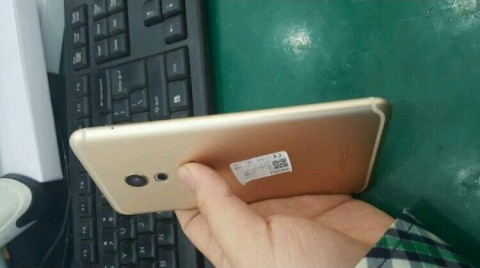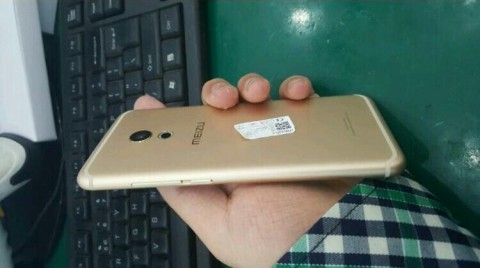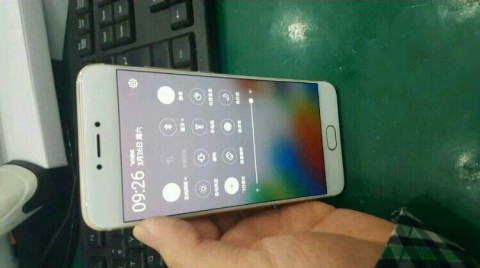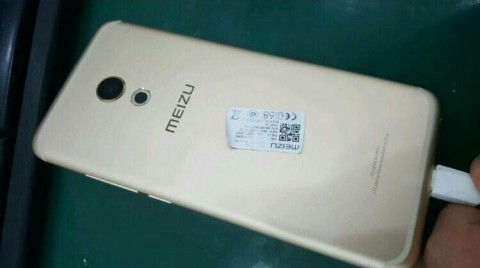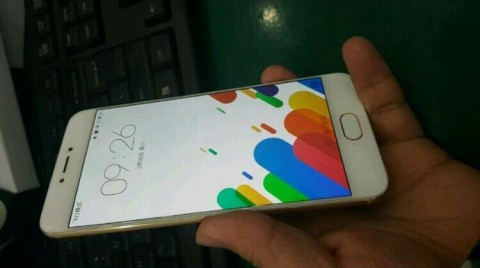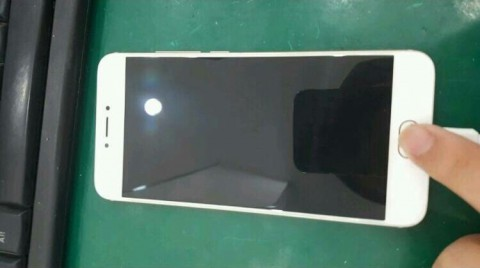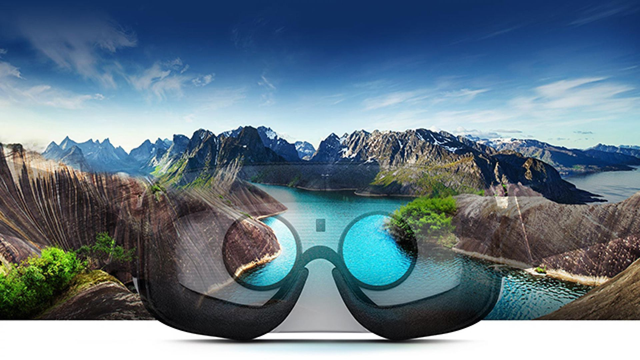
Once upon a time, very, very long ago, one of the cavemen had the idea to draw a mammoth on the wall of the cave. Maybe he just wanted to tell his fellow tribesmen about him, but could not find the words. Or perhaps he considered the image of such a huge beast to be an excellent amulet that will scare away all evil spirits from the cave. In any case, you and I are concerned not so much by the reasons of a distant ancestor as by the very fact that for the first time a person was able to capture the world around him.
But simply copying an existing one is always only the first step. And soon a new idea came to the head of some of the most progressive shaman – not just copy the world around him, but change it to his taste. For example, drawing rain to cause a thunderstorm or depicting fat herds and dexterous hunters of the tribe in order to make the hunt more successful. These were the first attempts to supplement or change the existing reality to your taste. How successful – I will not undertake to judge.
More than one millennium has passed since then. In place of coal and stone walls, first came canvas and paints, then – cameras and photographs, and finally – video cameras and television. But the essence remained the same – first of all, people wanted to capture the world around them, save important information and share the beauty they saw with others. The next step was fantastic films and three-dimensional games, which, instead of the real world, demonstrated an alternative, invented world. Now on the turn of the technology of virtual and augmented reality, which will allow you to change the real world to your taste and color. Even if so far and on a very limited scale.
Surprisingly, many people don't make much of a difference between the two. Virtual reality glasses like the Oculus Rift and smart glasses like Google Glass are about the same for them. In fact, these are completely different things – at least for today.
The glasses that can work with augmented reality paint virtual objects over the real picture. Their owner can see on the house a sign that does not exist in reality with a list of companies located in it, route signs drawn right on the asphalt, and so on. From a technical point of view, there is nothing particularly complicated in this, such tricks can be taught to any modern smartphone. But everything is still not working as smoothly as we would like, and there are not too many useful functions.
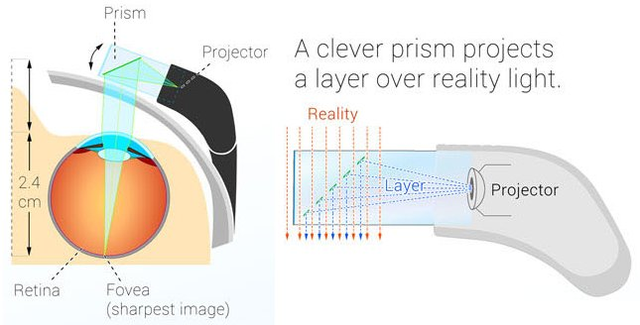
But more primitive options, like all kinds of 'smart' glasses and projection displays, which allow displaying useful information over a real picture, are gradually gaining popularity. An example is Samsung's concept of a smart motorcycle windshield.
Incoming call notifications, route map, current speed and other useful information will be displayed right on the windshield. All that is required from a motorcyclist is to sync the device with their smartphone. If you wish, you can reject the call or send a pre-written SMS template ('I'll call you back', 'I'll be late for 10 minutes', and so on) without taking your phone out of your pocket.
Against the background of a heap of concepts of 'smart' helmets and glasses, the Samsung project looks pale and, to put it mildly, does not boggle the imagination. But unlike many other ideas, these are not just dreams, but what can be done right now. And what will really work and be useful.
The main thing is not to forget about 'protection from the fool'. Otherwise, there will probably be people who will decide to display a movie, video call or some simple game on the windshield. And now it will be much worse than talking on a mobile phone during a trip.
Link to news
Virtual reality glasses and helmets work on a completely different principle. Their task is not to paint additional objects, but to completely immerse the user in the virtual world. It can be either a real-life place or a game location or a 3D movie. The main thing is that at the same time you immerse yourself in this virtual world completely, without seeing or hearing what is actually happening around you.
However, in the future, everything may change. Many companies are already thinking about how to add objects surrounding the user to virtual reality. For example, turn a room into a hall of a medieval castle, while allowing you to take real-life objects in your hands and walk without bumping into tables and chairs. Or invite a friend for a virtual walk, and really see him appear next to you. This is the principle of augmented reality, but it will only work in the opposite direction – not the real world will be 'supplemented' with virtual objects, but vice versa.
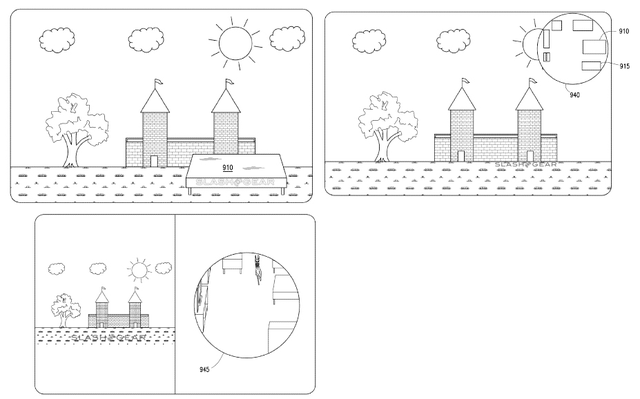
How all this will work in practice is not yet very clear, but the corresponding patents are gradually leaking into the network. For example, we can cite the same Samsung company with their Gear VR.
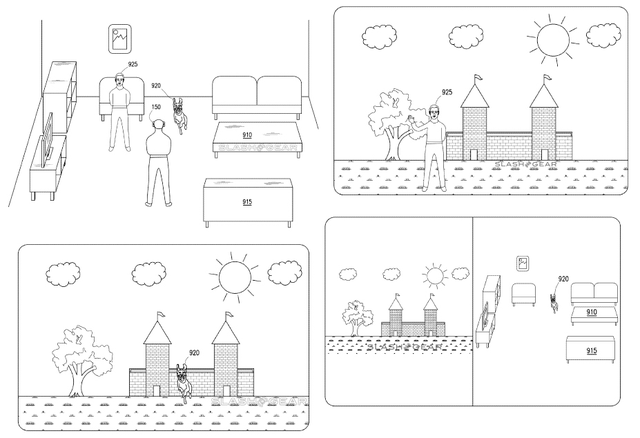
Link to news
While Samsung is thinking about augmented reality, smart electronics and VR, Apple is thinking about the further development of the line iPhone. After all, with all due respect to the iPhone SE, it doesn’t pull a breakthrough. You can call it a living classic, it can be an old and outdated device, but in any case, it is more of the past than the future of Apple smartphones.
If you believe the information KGI, in 2017 iPhone for the first time will receive curved Amoled displays. The body of the novelty will be made of glass and ceramics, possibly reconciliation of 'liquid metal' (liquid metal alloy), and the design will be something between the classic iPhone 4 and modern Galaxy Edge. Although how the designers are going to combine the incompatible, I personally do not really understand.
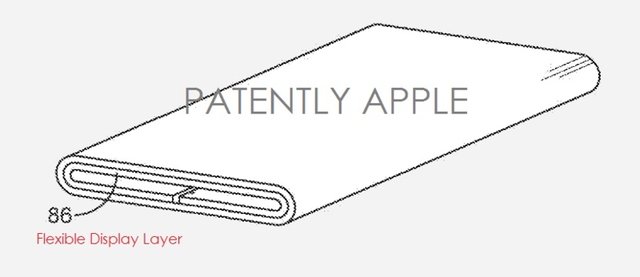
There is no doubt that iPhone will have curved displays sooner or later. Now it is fashionable, so Apple has little choice – either adopt this 'trick' from the Koreans, or try to reshape the fashion in your own way, offering something even brighter. The latter is hard to believe.
But the estimated date of the announcement leaves questions. It is extremely doubtful that the company will break the usual cycle of device release, which means that all the most interesting will be shown to us this year. But in 2017, a slightly improved version iPhone 7 should be released, from which no one expects any special breakthrough.
Link to news
The problem Apple is that they missed a new trend. It may very well be that in a couple of years all these curved screens will be forgotten and the output of this iPhone will not be needed at all. But, most likely, everything will be the other way around – in 2-3 years it will become a standard that all major manufacturers will pick up. And Apple simply will not have enough self-control to continue to stand their ground, and the company will silently join the majority.
If iPhone with a curved display comes out this year, then for a while, other manufacturers can forget about the general copying of the 'apple' design. At the moment, curved displays are an expensive thing; no one will use them everywhere in their products. But if the company lasts a few more years, then everything will return to square one – the market will be littered with a bunch of similar bricks in the same style, and it will be impossible to figure out who copied what and from whom.
As an illustration, a few live photos of the yet unannounced flagship Meizu Pro 6.


